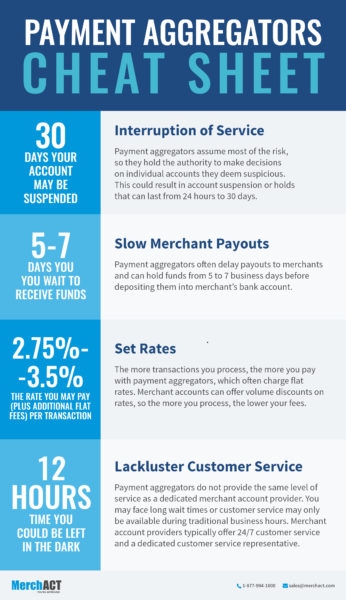— January 9, 2019
With the New Year behind us and a new year in front of us, it’s time to look at ways to improve the ecommerce experience for consumers. If 2018 taught us anything, it’s that mobile and omnichannel are table stakes for merchants looking to keep customers happy and retain them over the long haul.
Easier Checkouts
Easy checkout is mandatory for ecommerce merchants. The goal should be to make the process as seamless as possible. Cart abandonment costs emarketers about $ 2 to 4 trillion
per year and, while one of the top reasons for abandonment is extra costs, the remaining reasons are all related to the checkout process.
Making the checkout experience simple doesn’t have to be rocket science. Consider:
- Not making people register or create an account to complete checkout
- Simplifying/shortening the checkout process, especially for mobile
- Making branding (fonts, colors, logos, and other design elements) consistent from start to finish. Inconsistent experiences can impede customer trust
- Nix pop-ups or any other advertisements that may distract users as they are attempting to checkout
Mobile-First Commerce
Take it from Nike: a mobile-first experience can boost sales significantly. After launching its Snkrs app—one spoke in its increasingly mobile wheel—it saw a 16% spike in direct-to-consumer sales last year.
With an anticipated 2.1B consumers using mobile payments this year, merchants are advised to consider the mobile channel…strongly. This means optimizing digital consumer interactions for the mobile channel. This may include:
- Building websites with responsive design
- Creating mobile apps that go beyond simply offering products
- Leading with a mobile-first mentality that is willing to drive traffic to your mobile experience over the full website
- Leveraging mobile devices at brick-and-mortar locations to interact with and help check-out consumers
- Expanding the brand experience to search, social channels, messaging apps, and other connected devices
Payment Options
Consumers have grown increasingly impatient with traditional modes of payment. Swipe cards are moving into the “legacy” bucket as mobile gains traction, along with other emerging payment methods. For ecommerce, this also means considering the payment methods you offer customers online.
Debit and credit cards are still the preferred way to pay for online purchases; however, digital wallets that can be used to make in-app purchases are becoming more mainstream. Other alternative payment methods like PayPal are also becoming ubiquitous, allowing customers to pay in the way most comfortable for them. Not offering a preferred payment method does not bode well for ecommerce shops; one study notes that more than half (53%) of online shoppers are looking for new and easier ways to pay. Merchants should experiment with the types of payment options offered:
- Consider a financing option for high-ticket items
- Be sure to include PayPal and other alternative payment methods
- For international ecommerce merchants, offer multi currency options at checkout
- Consider how customers can use mobile wallets to pay both online and in-store
Website Performance
A slow website can be the death knell for ecommerce merchants. Research shows a slow website can increase abandonment by 75%. Optimizing website performance will be critical this year as consumers have been vocal about their preference for fast, frictionless experiences.
As noted above, mobile is important and your mobile performance should be optimized as well.
One study showed that 57% of mobile customers will abandon your web page due to slow load time. Slow websites also cause an increase in abandonments and a decrease in conversions. To offer the best experience to customers, follow website performance best practices:
- Be sure mobile pages load in under 2 seconds
- Optimize images (especially if you have a lot of product images, etc.)
- Reduce HTTP requests and minify CSS and Javascript
- Leveraging browser caching, especially for assets that don’t change often
Is your ecommerce strategy optimized for 2019? Let us know what you’ve changed to improve speed, convenience, overall customer experience and payments in the comments.
BONUS TIP: Many merchants opt to take a shortcut by using payment aggregators to accept payments for their online business. We’ve outlined some reasons why you may want to reconsider in 2019 in the infographic below:

Digital & Social Articles on Business 2 Community
(33)







